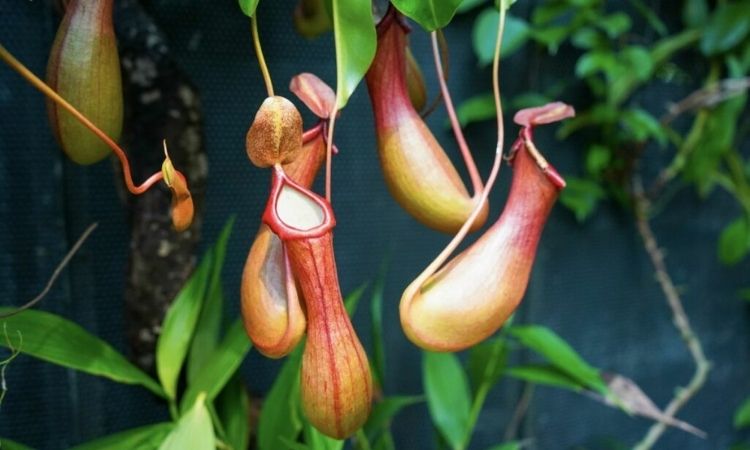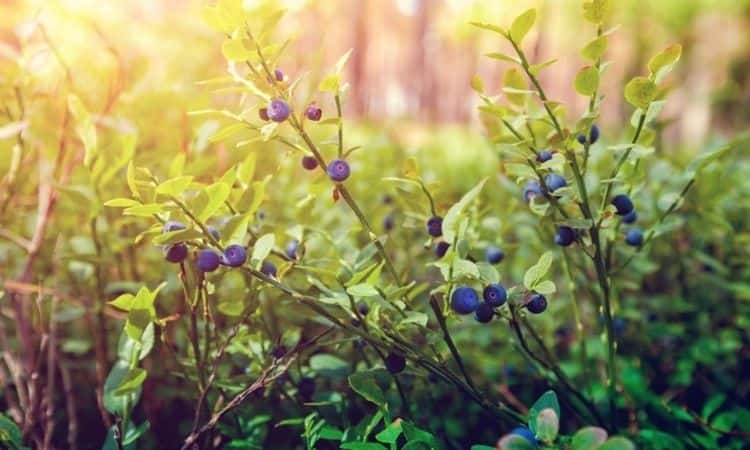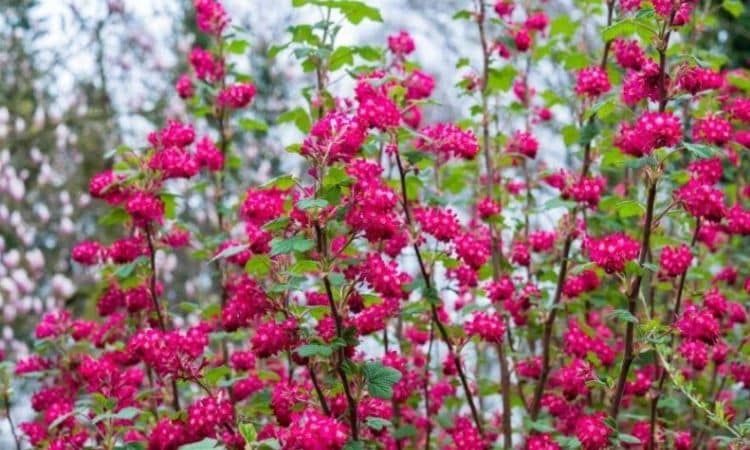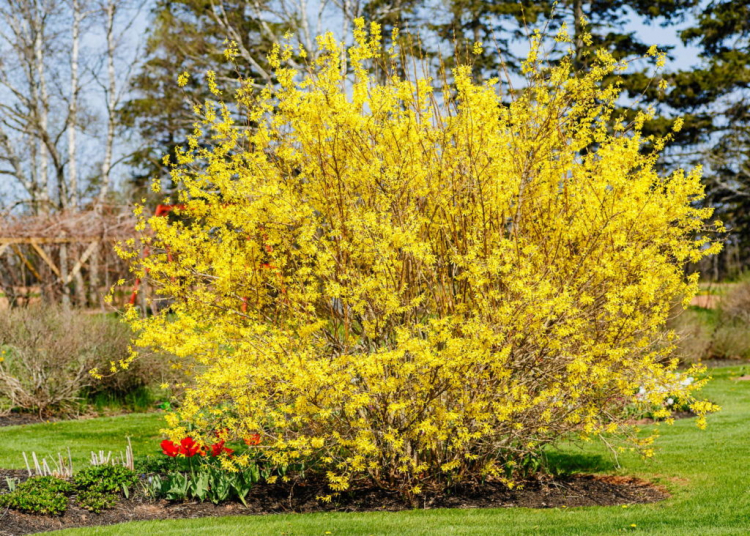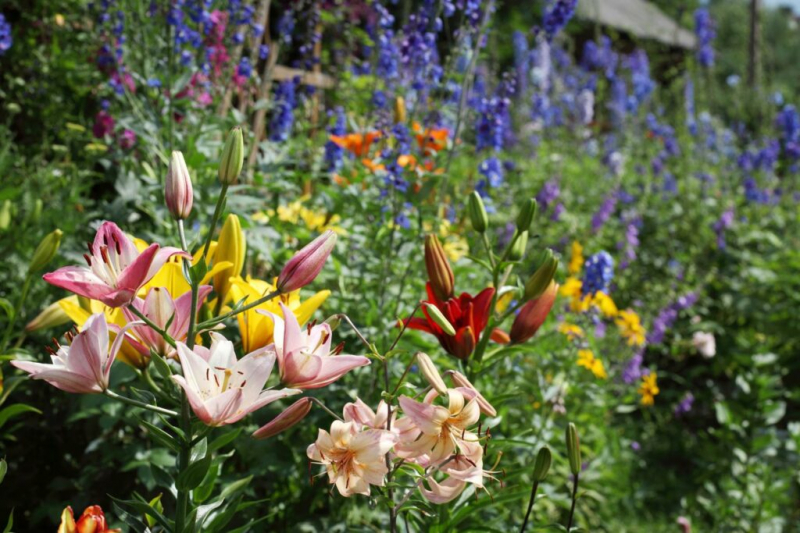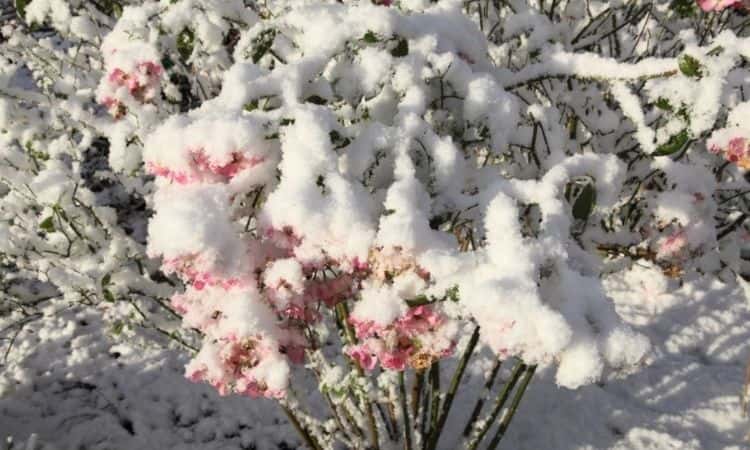Pitcher Plant: Care, Flowering And Location Of The Carnivorous Plant
The carnivorous pitcher plants from the tropics fascinate us mainly because of their unusual way of feeding. We give tips on how to keep them indoors.
Pitcher plant (Nepenthes) absorbs nutrients from the soil, but additionally through insects that land in its traps. This is another reason why it is becoming more and more popular as a houseplant. Want to keep a carnivorous pitcher plant in your home? We will give you some tips on how the Nepenthes can also thrive in the room.
Pitcher Plant: Flower, Origin, And Characteristics
Table of Contents
The pitcher plant (Nepenthes) is the only genus in the pitcher plant family (Nepenthaceae). To date, over 100 different species are known, some of which grow semi-shrubby and others look like vines that can cling to other plants with tendrils. Also, new species continue to be discovered as well as hybrids being bred, most of which include our hardier houseplants.
Pitcher plants are native to Southeast Asia, but some species are also native to India, Australia, or Madagascar. The Nepenthes is mainly found in the ever-humid tropics and can grow at a wide range of altitudes. Depending on the occurrence, a distinction is made between highland and lowland species, which have different temperature preferences. The leaves of the Nepenthes consist of three components: the leaf-shaped part, a tendril arising from it, with which the plant can also gain support, and the pitcher trap at the end of the tendril. The flowers, which are arranged in clusters, are never actually seen in our houseplants.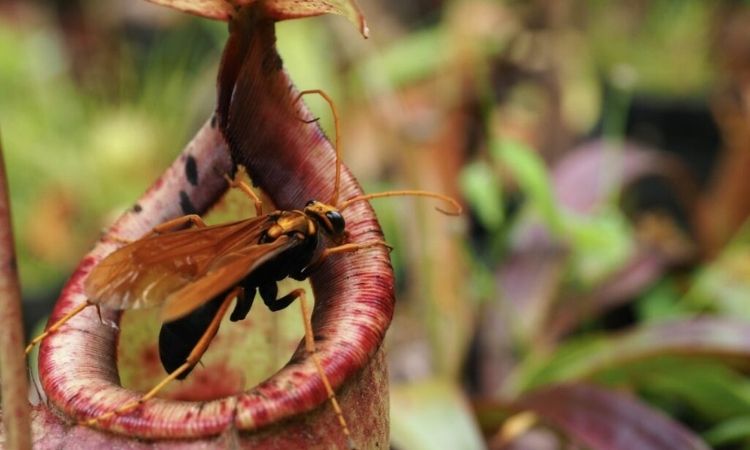
The Nepenthes belongs to the carnivores, that is, carnivorous plants. Their pitchers are passive pit traps that attract their prey by scent or colors. The rim of the pitcher contains nectar. If the prey now settles on the rim of the pitcher, it can easily fall into the pitcher and cannot climb out on the smooth walls. At the bottom is a highly acidic liquid with a pH of 3, in which the prey is decomposed and digested. After about three months, the pitcher dies. The lid of the pitcher is immobile and serves to protect it from rainwater, which could otherwise wash the prey out of the pitcher or dilute the digestive juice too much.
The Most Beautiful Nepenthes Species
There are many different pitcher plant species, some of which we present here. However, the commercially available plants are mostly hardy Nepenthes hybrids, plants that were created from different species by crossing.
Pitcher plants from the warmer lowlands
These species prefer consistent, warm temperatures between 68 and 95 °F.
- Nepenthes ampullaria: This popular pitcher plant has fairly small, rounded pots. Unlike most of its relatives, Nepenthes ampullaria uses insects as well as other organic material such as bird droppings to absorb nutrients.
- Nepenthes mirabilis: This species has elongated pitchers and has a wide range. The color of the pitchers can range from green to yellow to red. As a lowland Nepenthes, it prefers consistent, warm temperatures.
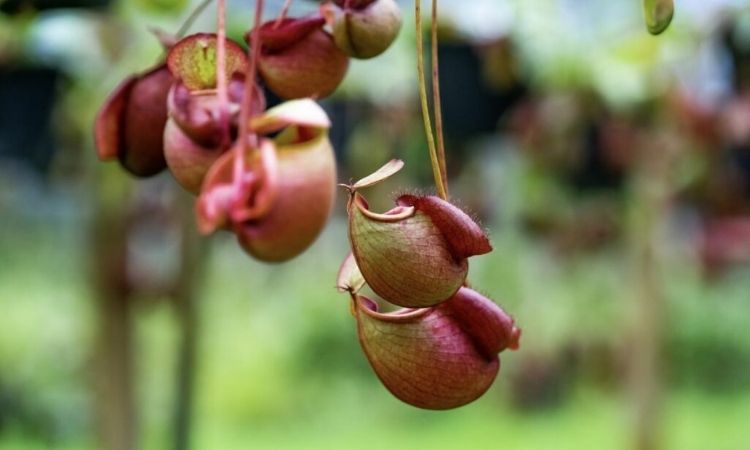
Pitcher plants from the colder highlands
These species are used for temperature fluctuations. In nature, it is usually warm during the day at around 77 °F. At night, the temperature drops to 59 to 50 °F. Humidity must usually be particularly high with up to 90% for the highland species.
- Nepenthes macfarlanei: This Nepenthes also captivates by its pitcher coloration. The yellow-green pitchers are bulbous shaped and mostly red speckled. This highland species is native to Malaysia and handles temperature fluctuations well.
- Nepenthes aristolochioides: this pitcher plant is endemic to Sumatra and is also a highland Nepenthes. The unusual pitcher shape with the side opening makes this species particularly popular. It was therefore collected on a large scale and is now considered endangered in its native country.
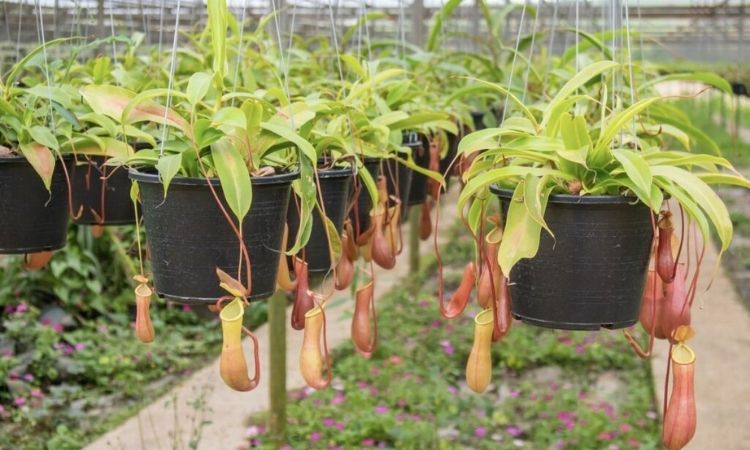
Planting Nepenthes: Location And Soil
Pitcher plants are somewhat peculiar in their attitude, so there are some site conditions to consider. However, if properly cared for, Nepenthes can develop magnificent pitchers, which are also helpful in combating flies.
The pitcher plant hybrids that can be purchased from us are usually quite hardy and have been bred from mid-elevation species. Here, a constant temperature between 60 and 86 °F is often recommended. The location of the pitcher plant should be bright. Also in its native country, the Nepenthes usually grows in light forests. However, permanently full sun locations should be avoided, as the pitchers could be damaged by too much light intensity.
Of particular importance is also the high humidity, which should be up to 90%, depending on the species. Here, too, the indoor pitcher plants are somewhat more modest and are satisfied with a humidity of about 60%. The substrate of Nepenthes must be permeable and low in nutrients. For example, to loosen the soil, you can mix in a little expanded clay. Also, the substrate should be slightly acidic. For this reason, carnivore soil often has a high peat content. To avoid peat use, there are approaches to make a substrate of pine bark, perlite, and quartz sand. This also provides an acidic pH, good aeration, and minerals.
Ideal conditions for pitcher plants are provided by keeping them in a greenhouse or terrarium. There it is much easier to keep temperatures and humidity in the high range. However, only small, compact species should be kept in the terrarium, otherwise, it can quickly become too crowded. Besides, the terrarium should be located in a bright, but not directly sunny place, or artificial light sources must be used.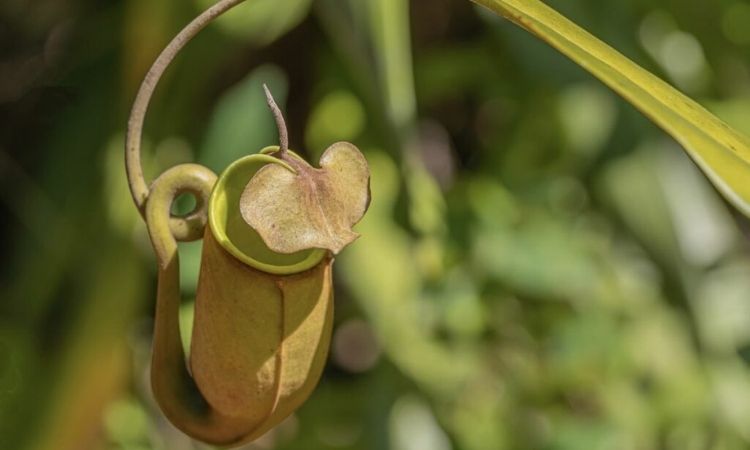
Summary: Plant pitcher plant
- Location: Bright, without direct sun, 60 – 86 °F and high humidity.
- Substrate: Low in nutrients, permeable and acidic.
- Optimal conditions are easier to create in an indoor greenhouse.
Pitcher Plant Care: The Most Important Tips
Probably the biggest challenge in pitcher plant care is the high humidity. Nepenthes should be regularly sprayed with rainwater, even several times a day in the summer. For this purpose, for example, an automatic water sprayer can be used.
Read more: Caring For Carnivorous Plants
Is it necessary to feed pitcher plants?
Nepenthes do not need to be fed, as it gets all the nutrients it needs from its substrate. However, there is nothing wrong with adding an insect to the pitcher from time to time. In that case, however, care should be taken to feed only one insect at a time so that the plant does not have to digest too much at once. Also, to start the digestion process, the insect should be alive.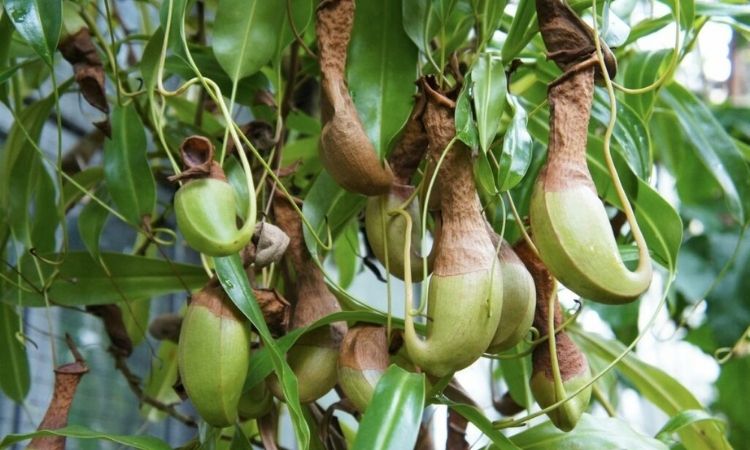
Watering and fertilizing
For watering, it is best to use rainwater or distilled water. Boiled tap water can also be used in a pinch. In this case, the watering water is not poured directly into the substrate, but into the saucer. The plant will get the necessary water itself and the humidity will be increased additionally. The substrate should always be moist, but both drying and waterlogging should be avoided.
Fertilizing the pitcher plant is not necessary. It has a rather low nutrient need, which it covers from its substrate. If it needs further nutrients, it uses its traps and digests mainly insects. If the Nepenthes does not have access to insects indoors, you can add a little liquid fertilizer to the substrate two to three times per growing season.
Nepenthes Overwinter
In the homeland of the pitcher plant, there is no cold winter, so overwintering Nepenthes in the apartment is quite easy. It is best to simply leave it in a warm room in a bright place. Because of the dry heating air, it is important to provide consistently high humidity. For this purpose, the plant can be placed, for example, on a saucer filled with expanded clay, which is then watered regularly. Too little light and moisture can easily cause the pitcher to dry out and stagnate growth in the winter, but the plant usually recovers in the spring.
Pruning Pitcher Plant
Nepenthes do not need pruning. However, if pruning is done anyway, it will resprout under good conditions. However, brown, dried, and dead parts of the plant can be removed so that the plant no longer has to invest energy in them.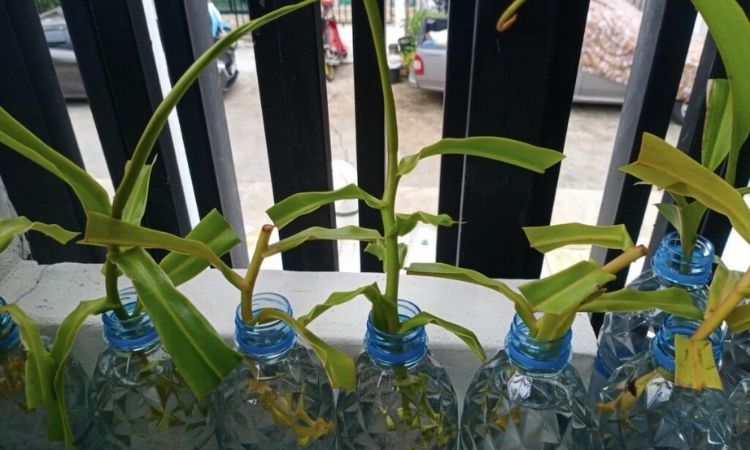
Propagate Pitcher Plant
Propagation of the pitcher plant is done by cuttings. To do this, cut a 10-15 cm long shoot from the central stem. Thus, the cut is made between two leaves, the plant is “decapitated”, so to speak. To reduce the transpiration area, that is, to limit water loss, all the leaves should be cut in half, except for the top two. The cutting is then planted in sphagnum moss or nutrient-poor and acidic substrate, which must be kept moist at all times.
A plastic bag over the pot will increase humidity. Remove the bag periodically to prevent mold growth. After a few weeks, roots and new shoots should have formed and the cutting can be repotted. It is best to only propagate pitcher plants that are doing well during the growing season so that the mother plant can also sprout again.
Since the pitcher plant never actually flowers in indoor culture, propagation by seed is only possible with purchased seed. Nepenthes seeds should be fresh because the germination capacity decreases quickly.
Are you intrigued by the carnivorous diet of Nepenthes? We present you with some more carnivorous houseplants.
